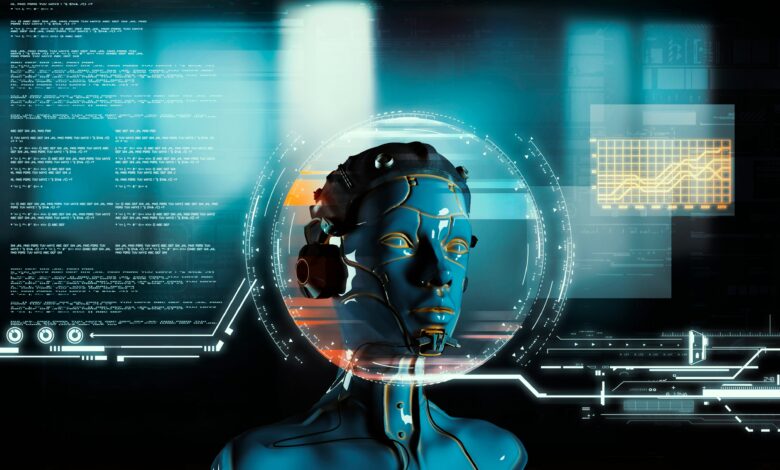
The emergence of AI avatars in the workplace is one of the more visible signs of how artificial intelligence is reshaping the employee experience. These digital personas, capable of conducting interviews, delivering onboarding sessions, and handling routine HR queries, represent a leap forward in automation. However, as with any new technology, their role needs to be carefully considered, particularly in the context of people management.
AI is undeniably becoming more embedded in business operations. From predictive analytics in recruitment to generative tools supporting learning and development, the scope of application continues to grow. Avatars are just one of many innovations being explored, and in some areas, they make a great deal of sense. A consistent, always-available digital assistant can streamline access to information, reduce administrative overhead, and allow HR professionals to focus on more complex issues.
Navigating the personal side of HR
However, efficiency is definitely not the same as effectiveness. The workplace is a space where context, trust, and nuance are paramount. HR professionals often navigate situations that require sensitivity, performance conversations, mental health support, and disputes – , areas where language, body language, and empathy are critical. These are not things an avatar can reliably replicate.
Another consideration is employee perception. Digital tools that feel too impersonal risk undermining trust. Employees may be less inclined to engage openly with a system that lacks emotional intelligence or seems to reduce their concerns to a checklist. This doesn’t mean AI avatars have no role to play, but their deployment must be thoughtful and transparent.
Balancing Innovation with Inclusion
As organisations experiment with AI avatars, it’s essential to considernot to forget inclusivity. Not all employees engage with technology in the same way, and digital fluency varies widely across demographics. Ensuring that AI tools are accessible, intuitive, and adaptable to different needs is key to fostering a workplace where everyone feels supported. This also means providing alternatives and maintaining human touchpoints, so no one feels excluded or overwhelmed by automation. Basically, Innovation innovation should never come at the cost of connection.
The Limitations of AI
There is also a broader ethical dimension to consider. Decisions about when and how to use AI in the workplace should be guided by clear governance. This includes understanding the limitations of the technology, ensuring data privacy is respected, and maintaining accountability for decisions made with AI support.
Looking ahead, we will likely see greater integration of AI across all areas of HR. But, This this should be welcomed cautiously. The most valuable applications will be those that support, rather than replace, human judgment. AI can enhance decision-making, identify patterns we might miss, and help organisations respond more quickly to employee needs. However, it should not be mistaken for a substitute for human connection.
Putting People at the Heart of Progress
Ultimately, the question isn’t whether AI avatars can be used in the workplace, but where they genuinely add value. Business leaders have a responsibility to ensure that technology enhances, rather than erodes, the people-centred culture that underpins a successful organisation. That means staying informed, being pragmatic, and putting people first, even as we embrace new ways of working.
AI avatars offer exciting possibilities for streamlining HR processes and enhancing the employee experience. However, their success depends on how thoughtfully they are integrated into the workplace. By prioritising transparency, empathy, and ethical governance, organisations can harness the benefits of AI while preserving the human-centred values that define great leadership and culture. The future of work isn’t just about technology; it’s about using it wisely to empower people.





